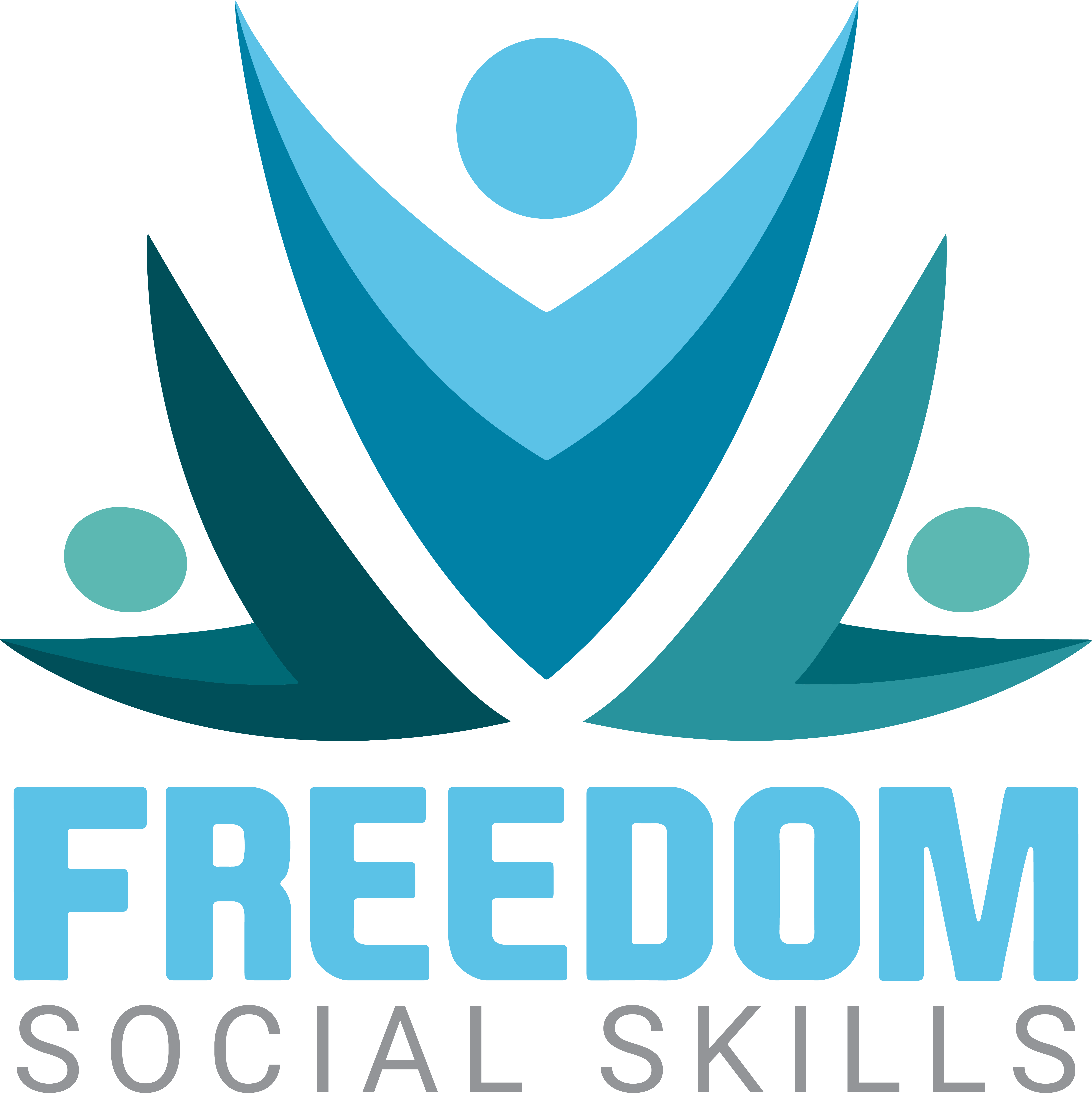Starting school is a significant step for any child, and it’s important to support them as they embark on this new stage of their life as much as possible. Children with Autism Spectrum Disorder (ASD) tend to struggle with change more than others and may find starting school very daunting, as they may face additional difficulties.
Supporting your child as they transition to school is crucial and can be achieved using various strategies and planning. These may include developing a transition plan for your child, helping your child become familiar with the school, practicing school routines, getting organised, and working with the school to implement effective strategies to support your child.
It’s a good idea to begin planning for your child’s transition to school earlier rather than later, ideally at the start of their last year at preschool. Working with professionals to develop a transition plan for your child with your child’s preschool teacher or therapist and primary school staff is important to help your child adjust successfully to school.
This may involve:
- A profile of your child with any information staff may need to know or that they might find helpful. This might include your child’s strengths and interests, health, medical and therapy reports, and current medical and therapy needs.
- An extended orientation program to help your child get to know the school.
- Opportunities for your child to meet their teacher and staff before school starts.
- School visits prior to starting school. This includes guiding your child through the playground and classroom and familiarising themself with their new school environment.
- A visual album with pictures of the school environment the school rules, routines, your child’s classroom, and teachers.
It’s a good idea to familiarise your child with the idea of school well before the term starts and ease your child into their new routines and adjustments. These can be practised at home to help your child feel comfortable and spot any potential problems and find solutions early on.
For instance, your child could practise:
- School readiness skills, such as learning your colours, numbers, and letters
- Sitting and listening to group story times and song times
- Completing simple worksheets, or simple craft activities with scissors and glue
- Eating out of a lunch box and opening their own snacks
- Learning to fill up your drink bottle
- Raising your hand to ask questions
- Putting on and taking off their school uniform (including their school shoes)
- Following a visual timetable
- Sitting still on the floor with crossed legs
- Walking to school
- Ensure your child can lock the bathroom door, use the taps, and dry their hands.
In addition to practising school routines with your child, there are other ways to help get organised and familiarise your child with the upcoming school year.
This may include:
- Receiving a comprehensive list from the school of everything your child will need and attaining these items well in advance.
- Create a routine plan for before and after school for you and your child to follow. This can include activities such as packing their lunch box, packing bags, getting uniforms and shoes ready, and so on.
- Ensure that you have walked around the school to look for any potential hazards that your child may need support to avoid. Such as areas to climb, crawl through, or go out of bounds.
- Using visual stories that feature the school building, lunch areas, maps, and teachers’ names.
- Organising early handover meetings with teaching staff.
- Organising with the school for your child to have a buddy or mentor to help your child feel less anxious and provide support.
- Checking if the school can organise quiet areas for your child to avoid sensory overload and to retreat to if needed.
- Discuss potential curriculum adjustments to avoid your child becoming overloaded if this is a concern, such as reducing classroom time or modifying worksheets or homework.
- If required, assist the school with a proactive creation of a positive behaviour support plan.
- Help the teachers prepare and plan to accommodate your child’s different sensory needs before the first day at school. These might include access to headphones, or fidgets, wobble cushions, the position of the desk, and ensuring that there aren’t distracting stimuli or noises.
Applying these strategies gradually prior to starting school will help your child ease into their new routine and maximise their learning potential from the start of the term.
At Freedom Social Skills, we offer a range of social skills programs that can prepare students for school readiness, group instruction and social interactions with peers. We also provide individualised school transition, classroom, and playground support.
Click here to learn more and contact our friendly team today.





